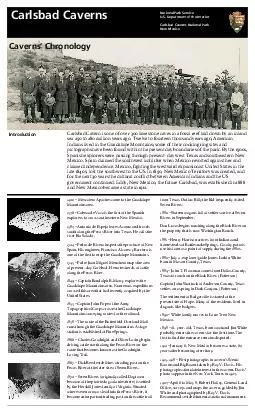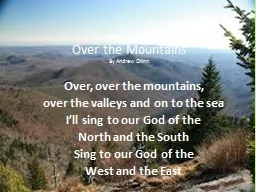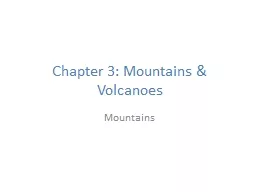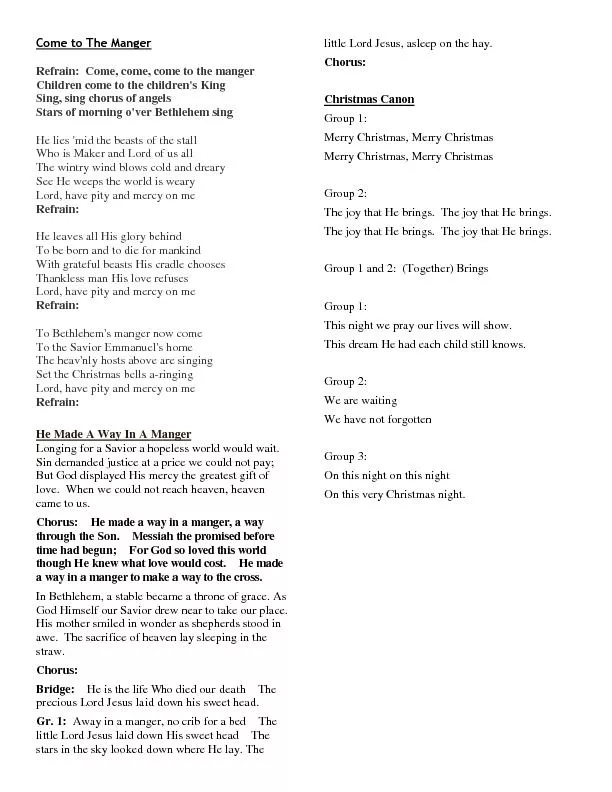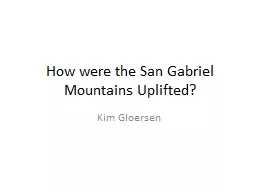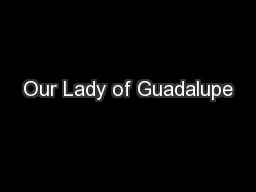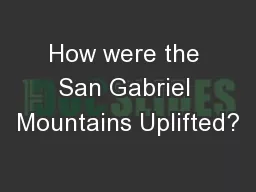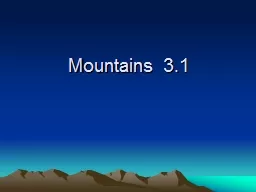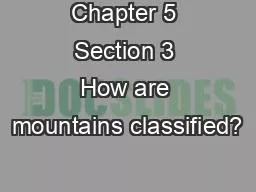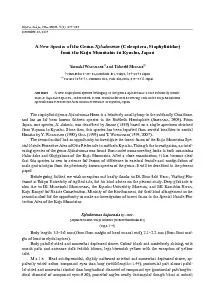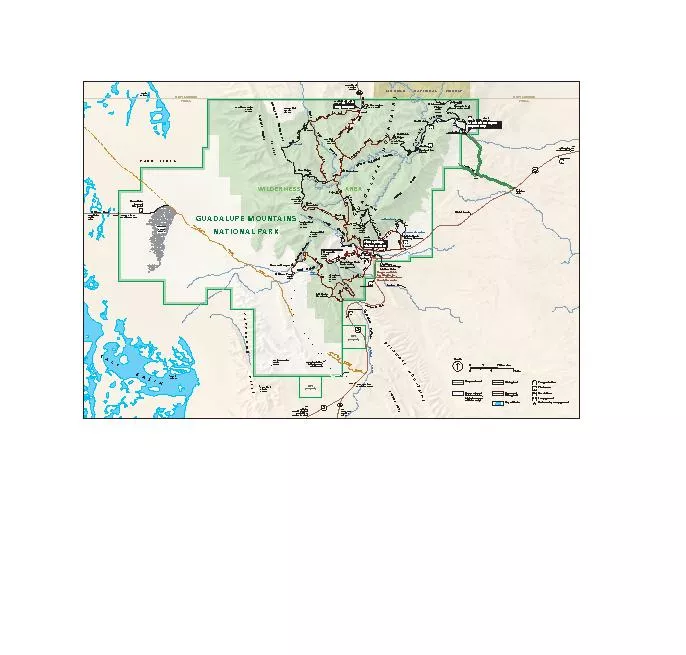PDF-Mescalero Apaches come to the Guadalupe Mountains area
Author : marina-yarberry | Published Date : 2015-03-03
1536 Cabeza de Vaca is the first of the Spanish explorers to cross southeastern New Mexico 1583 Antonio de Espejo leaves Acoma and travels south along the Pecos
Presentation Embed Code
Download Presentation
Download Presentation The PPT/PDF document "Mescalero Apaches come to the Guadalupe ..." is the property of its rightful owner. Permission is granted to download and print the materials on this website for personal, non-commercial use only, and to display it on your personal computer provided you do not modify the materials and that you retain all copyright notices contained in the materials. By downloading content from our website, you accept the terms of this agreement.
Mescalero Apaches come to the Guadalupe Mountains area: Transcript
Download Rules Of Document
"Mescalero Apaches come to the Guadalupe Mountains area"The content belongs to its owner. You may download and print it for personal use, without modification, and keep all copyright notices. By downloading, you agree to these terms.
Related Documents

